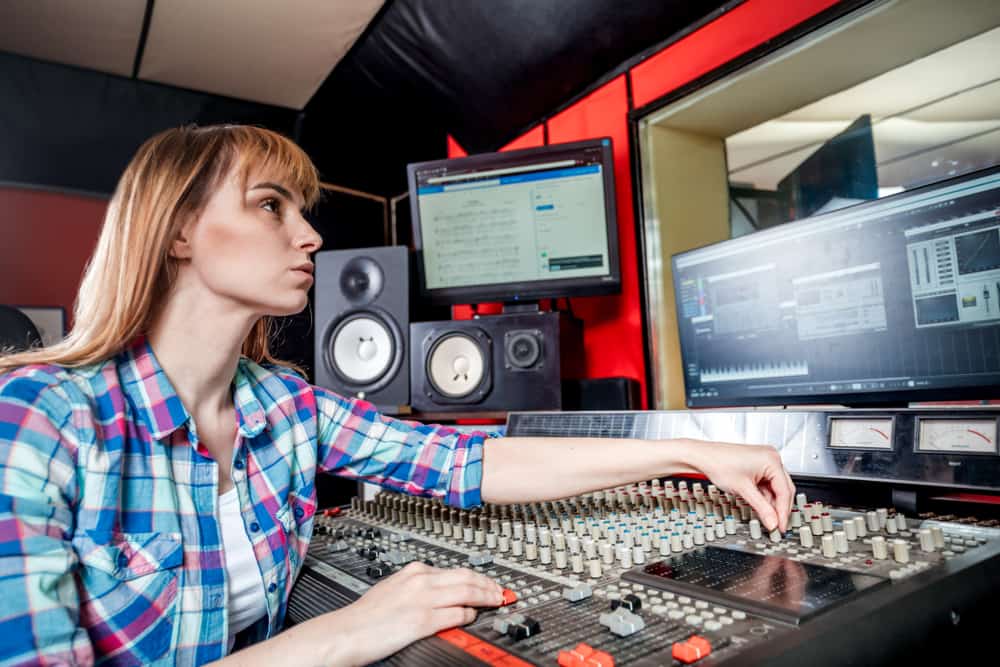A Digital Audio Workstation (DAW) is an essential tool for anyone looking to record, edit, mix, and produce music digitally. Whether you’re an aspiring musician, a podcaster, or a professional producer, understanding how to get started with a DAW is the first step to creating high-quality audio projects. This guide will take you through everything you need to know to begin your journey into the world of digital music production.
Explore
Choosing the Right DAW for Your Needs

One of the first steps in learning how to get started with a DAW is selecting the right software. There are many DAWs available, each with unique features that cater to different styles of music production. Some popular options include:
- Ableton Live – Great for electronic music and live performances
- FL Studio – Beginner-friendly with a loop-based workflow
- Logic Pro X – Ideal for Mac users with a professional suite of tools
- Pro Tools – The industry standard for recording and mixing
- Cubase – Known for its powerful MIDI and audio editing capabilities
The best DAW for you will depend on your workflow preferences, budget, and the type of music you want to produce.
Setting Up Your DAW
After selecting your DAW, the next step is setting it up correctly. This involves installing the software, configuring audio settings, and ensuring your system meets the minimum requirements. Most DAWs provide step-by-step setup guides, but here are some general steps to follow:
- Install the DAW – Download and install the software from the official website.
- Set Up an Audio Interface – If you’re using an external audio interface, configure it in the DAW’s settings.
- Choose Input and Output Devices – Assign the correct input and output devices to ensure proper sound routing.
- Configure Buffer Size and Latency – Adjust these settings to balance performance and sound quality.
Every DAW has a unique layout, but most share similar core components. Understanding these sections will help you work efficiently:
- Track Panel – Where audio and MIDI tracks are arranged
- Mixer Panel – Used for adjusting volume, panning, and adding effects
- Transport Bar – Contains controls for play, stop, record, and looping
- Piano Roll/Editor – Allows for MIDI note manipulation
- Plugin and Effects Rack – Houses virtual instruments and effects
By familiarizing yourself with these sections, you’ll have a smoother experience learning how to get started with a DAW.
Recording Audio and MIDI
Recording is one of the most crucial aspects of using a DAW. Depending on your project, you may need to record live instruments, vocals, or MIDI data.
Recording Audio
To record high-quality audio, follow these steps:
- Connect a Microphone or Instrument – Plug in your mic or instrument through an audio interface.
- Create an Audio Track – Add a new audio track in your DAW.
- Arm the Track for Recording – Enable the recording function for the selected track.
- Set Levels and Monitor Input – Adjust input gain to prevent clipping.
- Hit Record – Start recording and capture your performance.
Recording MIDI
MIDI recording allows you to use virtual instruments and synths within your DAW. Here’s how:
- Connect a MIDI Controller – Use a MIDI keyboard or pad controller.
- Create a MIDI Track – Insert a new MIDI track.
- Load a Virtual Instrument – Choose a plugin such as a piano, synth, or drum machine.
- Record MIDI Data – Play the instrument while recording MIDI notes.
- Edit and Quantize – Adjust note timing and velocity for precision.
Editing and Arranging Your Music
Once your audio and MIDI recordings are in place, the next step is editing and arranging. Most DAWs offer non-destructive editing, meaning you can modify your project without permanently altering the original recordings.
Basic Editing Techniques
- Cutting and Trimming – Remove unwanted sections.
- Crossfading – Smooth transitions between clips.
- Quantizing – Align MIDI notes to the grid for better timing.
- Pitch Correction – Adjust vocal tuning using plugins like Auto-Tune or Melodyne.
Arranging Your Track
Arranging involves structuring your music into sections like verses, choruses, and bridges. Use markers to outline different parts of your song, making it easier to navigate and build a cohesive composition.
Mixing and Adding Effects
Mixing is where your song starts to take shape by balancing levels, applying effects, and creating depth. Here are key mixing techniques:
- Volume Balancing – Adjust track levels to create a well-balanced mix.
- Panning – Position sounds within the stereo field for width.
- EQ (Equalization) – Shape frequencies to remove mud and enhance clarity.
- Compression – Control dynamic range to maintain consistency.
- Reverb and Delay – Add spatial effects for a fuller sound.
Exporting Your Final Project
Once you’re satisfied with your mix, the final step is exporting your project. Most DAWs offer multiple export options:
- WAV or AIFF – High-quality formats for professional use
- MP3 – Compressed format for easy sharing
- Stem Export – Individual track exports for further mixing
Make sure to check the sample rate and bit depth settings before exporting to ensure optimal audio quality.
Wrapping Up Your DAW Journey
Learning how to get started with a DAW is an exciting journey that requires patience and practice. By selecting the right software, setting up your workspace, recording audio and MIDI, and refining your mix, you’ll be well on your way to producing professional-quality music. The more you explore and experiment, the more comfortable you’ll become in your digital audio environment.
For further reading, you can check out official DAW websites to explore more about features and updates.